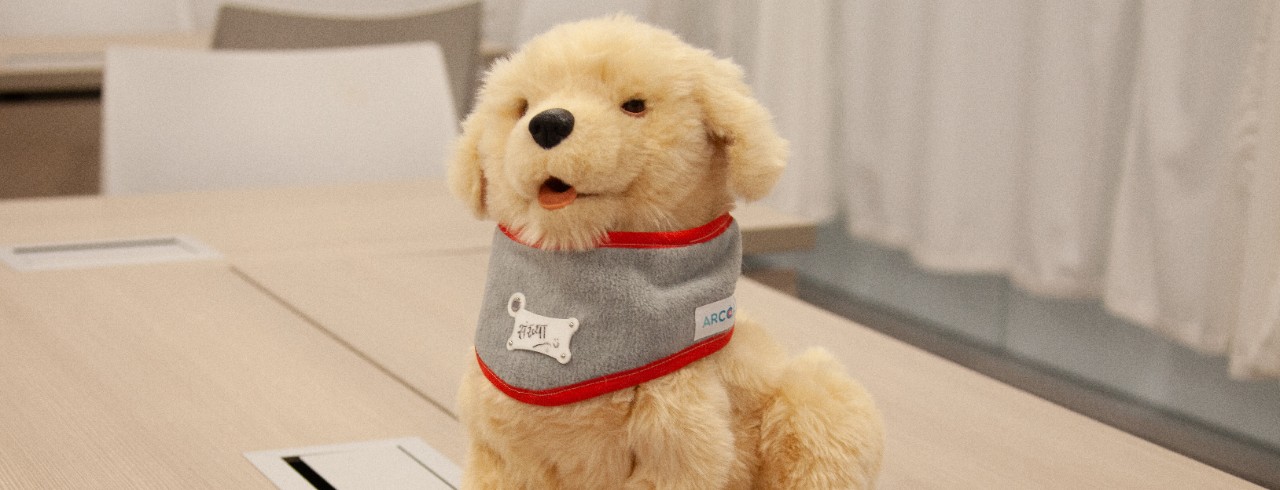
Journal-News: UC studies art, pet robot therapy
University of Cincinnati researchers are studying how art therapy delivered through a mobile app and pet therapy with a robotic dog can affect the wellbeing and mental health of patients with hearing loss.
All patients in the pilot study will be given a tablet, create art based on prompts from the app and then self-report on their mood. Half of the patients in the study will additionally be given a robotic dog to interact with.
Claudia B. Rebola, PhD, associate dean for research, associate professor and director of the new Center for DAAP Research and Innovation (CDRI) on Health and Wellbeing in the University of Cincinnati's College of Design, Architecture, Art, and Planning, told the Journal-News that patients can quickly develop attachments to the robotic dogs like they do with real furry friends.
“And while you know it’s an animal robotic agent — it’s not a real dog — you attach feelings to it, in terms of routines, and interactions, and you expect a bark in response to, let’s say I turn on the lights, and then the dog barks, like saying, ‘hello.’ So you quickly develop a sense of presence with these robots in your life," she said.
Read the Journal-News article. (Note: Article may require a subscription.)
Featured photo at top of robotic dog. Photo/Ravenna Rutledge/University of Cincinnati.
Related Stories
Two UC-backed startups score $200K each from state
December 23, 2025
Innovative startup ventures TapIn and Saturn Sports rose from the UC Venture Lab to receive $200,000 each in funding through Ohio Third Frontier grants.
Supporters give generously to the Bearcats Pantry and Resource Center
December 22, 2025
Supporters gave generously to the Bearcats Pantry and Resource at the University of Cincinnati during two fundraisers: the Crosstown Foodout and Giving Tuesday.
Fusion reactors may be key to uncovering dark matter
December 22, 2025
Yahoo! News highlights a new study by University of Cincinnati physicist Jure Zupan that explains how fusion reactors might create subatomic particles associated with dark matter.
